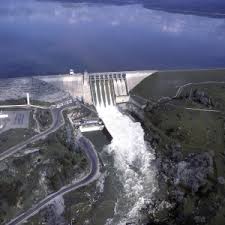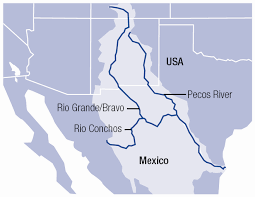Despite the fact that oil has long been nicknamed “black gold,” oil has been anything but gold as of late. Supply gluts in the United States and fighting among the OPEC countries caused a dramatic decline in crude oil prices over the last 6 months or so. As the chart below shows, crude oil prices have dropped from about $82 per barrel at the beginning of November to approximately $50 a barrel today. While US consumers enjoy lower prices at the pump, the significant drop in oil prices is causing major challenges in the industry. Continue reading

What will be the Final SWP Allocation for 2015?
How does 21% sound, which would be a 40% increase over the current 15% allocation declared by the Department of Water Resources? While “more is better”, Californians cannot rejoice. Due to the natural variability in precipitation, there is a 9% chance that the final SWP Allocation may be zero!
No, Hydrowonk is not using an Ouija board. Instead, these forecasts are based on a study of the historic record of SWP final allocations. This year’s version is slightly different than the model used last year to forecast SWP Final Allocations for 2014. Continue reading
New Local Groundwater Rules try to get out in Front of California’s Groundwater Legislation
We have all heard of the Gold Rush in the State of California. In recent years, however, a new kind of “gold rush” has taken over the state – the rush for new water supplies. As the drought continues into its 4th year unabated, farmers are scrambling to drill new and deeper wells into the ground. However, these farmers face serious new challenges in their quest to secure new water supplies. Continue reading

Texas Laments Unreliable Water Deliveries from Mexico
In his article “The price Texas pays for Mexico’s water debt” recently published in the Texas Water Journal, the chairman of the Texas Water Development Board, Carlos Rubenstein, calls for active participation by the U.S. State Department, White House and Texas officials to have Mexico live up to its obligations under a 1944 Treaty between the United States and Mexico. The article is an excellent source for a concise history of the 1944 treaty and projects and summarizes the economic hardship suffered in the Rio Grande Valley when there are inadequate water supplies. It is less successful in identifying the water resource management problems facing the parties.
While Mexico may indeed have a “water debt problem”, it is not the one identified in the article. Texas’s interpretation of the 1944 treaty is not correct. The real challenge is how can the parties work together to create reliable water supplies in the face of highly variable hydrologic conditions. Continue reading
